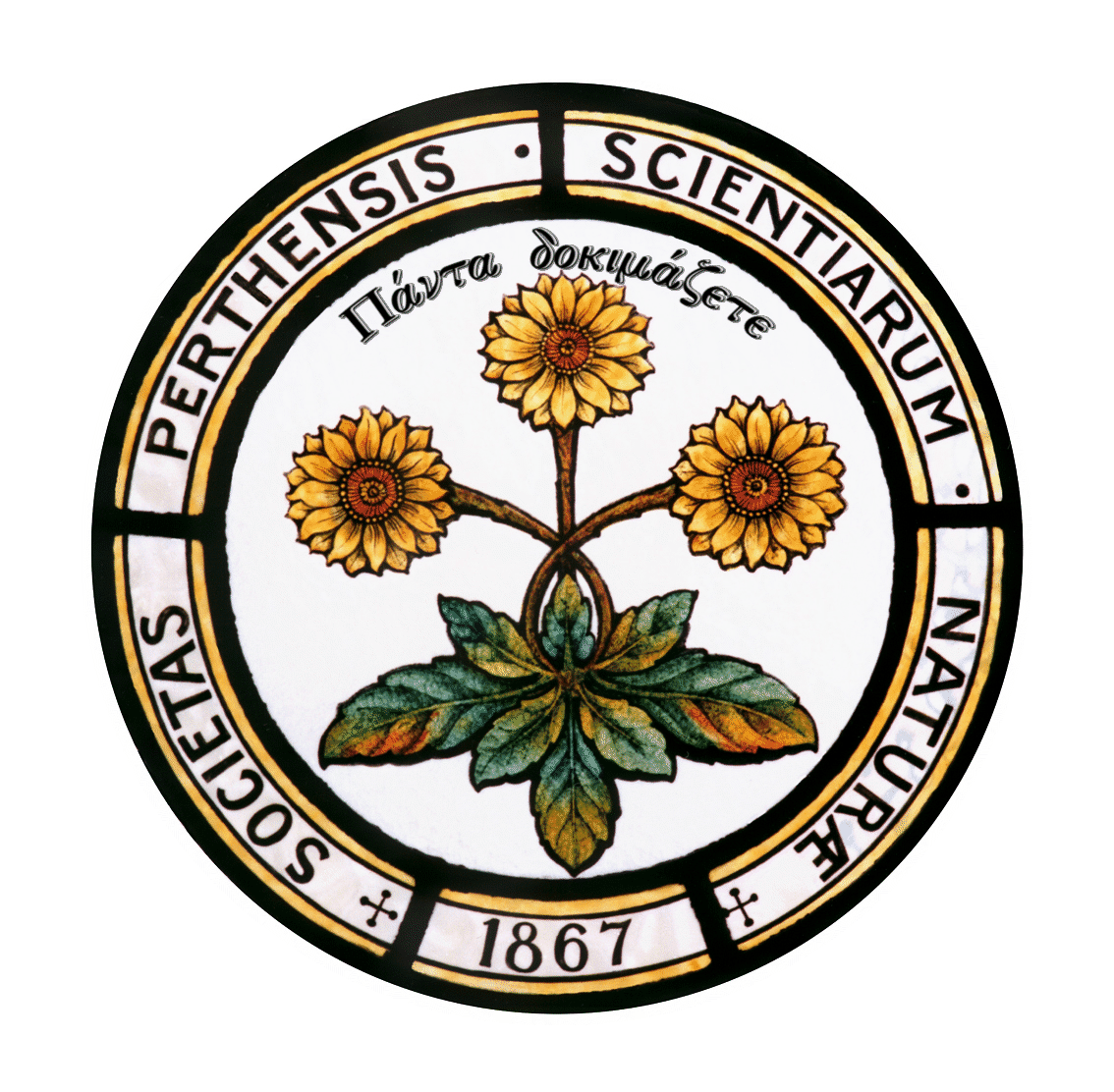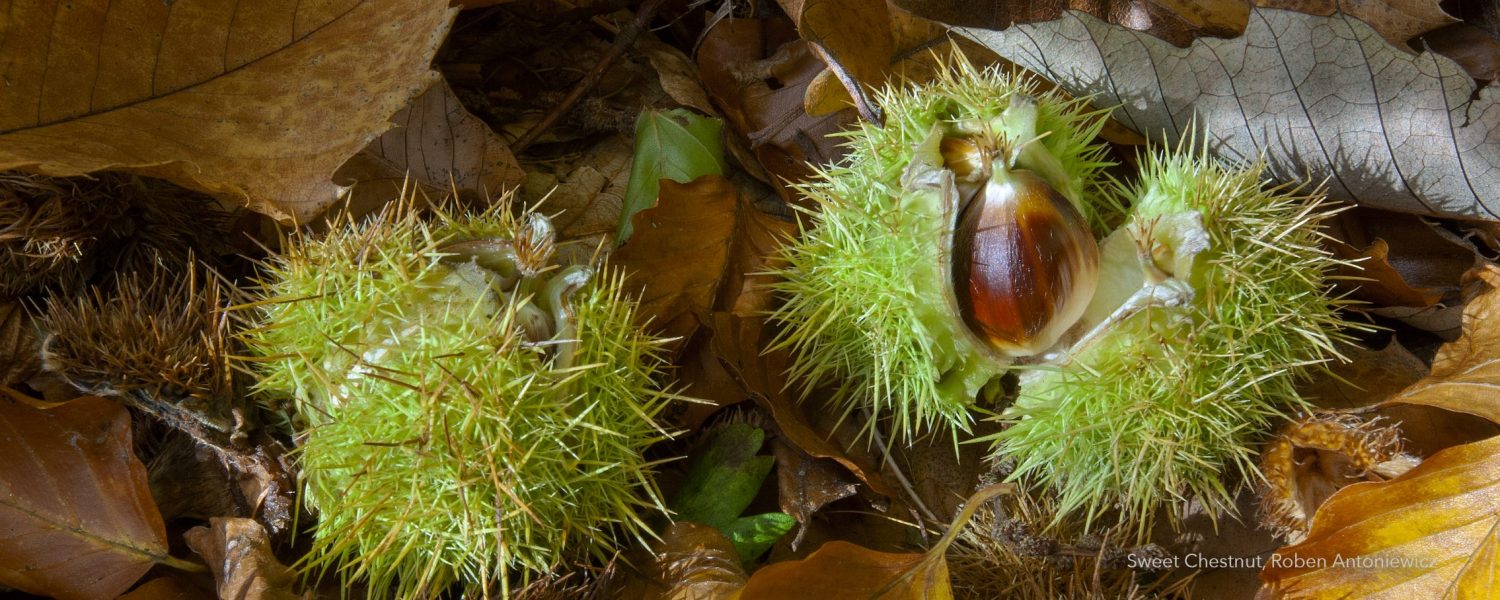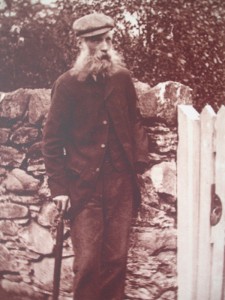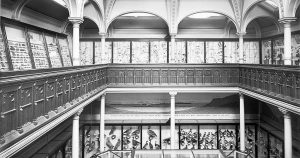9 April 1914 PSNS protests strongly against the proposal to take the water of Lochs Voil and Doine into the Glasgow supply, as this would destroy the beauty of the Braes of Balquhidder, one of the loveliest vales in Scotland. Copies of the resolution forwarded to the MPs for the city and
county of Perth and the Secretary for Scotland. (Proc, vol 6, lv)
Author Archives: PSNS Secretary
1912-13 Scottish National Antarctic Expedition and The Bathymetrical Survey of the Scottish Freshwater Lochs added to PSNS library
Aside
1904 Junior Section formed
(Proc, vol 6, clxvii).
A Society for All – PSNS People 1867-1900
From the beginning the Society embraced an enlightened and accessible approach to membership. It was open to active naturalists and to those who could afford to support scientific work. Members ranged from the aristocracy and landed gentry to professionals, clergymen, businessmen, craftsmen, working men and gamekeepers. In 1873 it was agreed to admit women to membership. Eighteen women joined and by the end of the century about a quarter of the members were women.
Interests and Influence
Members enjoyed regular meetings where scientific papers were read and specimens exhibited. At the meeting on 4th April 1867 the programme included papers on the Death’s Head Hawk Moth and on Swallows their migration and supposed hibernation. As well as natural history, subjects covered included agriculture, astronomy, geography, chemistry, meteorology and archaeology – topics that would not be out of place in the current Curious Minds programme. In the summer months members went on field trips to observe, record and collect specimens. In the early days travel for the field trips was by horse drawn transport and train. There were 65 railway stations across the county and the Society was able to arrange for trains to stop between stations to drop off and collect field parties.
PSNS People
Among well-known members were common folk, often self taught, such as Charles McIntosh (the Perthshire Naturalist) and Magnus Jackson (pioneer photographer), who rubbed shoulders with landowners such as The Duke of Atholl and Lord Mansfield and businessmen such as Mr AK Bell and Sir Francis Norie Miller. The Honorary Members included scientists such as the geologist , Prof James Geikie, and Dr James Croll who developed theories on climate change. John Everet Millais, the Victorian pre-Raphaelite artist and his wife Euphemia (Effie Gray of Bowerswell) were members and their son, John Guille Millais was elected a corresponding member in 1917. JG Millais was an accomplished wildlife artist who published several beautifully illustrated books. Corresponding Members included the mathematician and zoologist Professor D’Arcy Thompson and Professor Patrick Geddes, the pioneering town planner who had been a Society member since his teenage years.
1890’s Charles McIntosh, the Perthshire Naturalist, and Beatrix Potter
The Birnam Postie, Charles McIntosh, an associate member of PSNS and a self taught naturalist with a special interest in fungi, was also known as the Perthshire Naturalist. He, along with other members of the Society, contributed records to Francis Buchanan White’s ‘The Flora of Perthshire’ in 1898. Charles discovered 13 previously unknown fungi.
He also befriended the young Beatrix Potter who found Scotland a wonderful source of fossils and fungi for a budding geologist and mycologist. Peter Rabbit and Mr. Jeremy Fisher, were first featured in picture letters written from Dunkeld long before the little books were published. Charles may have been the inspiration for Mr McGregor.
1889 PSNS Photographic Section established
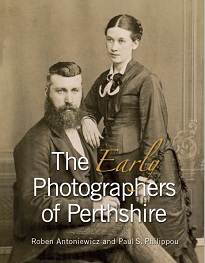 PSNS Photographic Section was established before the Scottish Photographic Federation was formed in 1903.
PSNS Photographic Section was established before the Scottish Photographic Federation was formed in 1903.
1881 PSNS complete a new public Museum
In 1877 Sir Thomas Moncreiffe, 7th Baronet, a first class cricketer and President of PSNS, proposed building a museum and meeting rooms. Four years later, the Moncreiffe Memorial Natural History Museum, named after the late PSNS President, was opened.
The museum was educational, and crowds flocked to the opening event. There were upwards of 7,000 visitors in its first nine months.
1880’s Perth becomes centre of excellence Photography – PSNS Pioneer of Photography – Magnus Jackson
Magnus Jackson (1831-1891) left a unique legacy of around 2,500 glass photographic negatives, which capture life in Perth and Perthshire between the late 1850s and 1890. He was born in Perth on 25 September 1831, and began his photographic career in the early 1850s, soon after the introduction of two new photographic processes – the Daguerreotype process and Fox Talbot’s process which, like the daguerreotype, used the lightsensitive properties of silver salts, but this image was captured as a negative on high quality sensitised paper, thin enough to be translucent and capable of being printed many times. In 1886 he was awarded the 8 Bronze Medal and Diploma of Merit at the International Exhibition of Industry, Science and Art in Edinburgh for his photographs of ferns and foxgloves.
1875 Scientific contribution eg PSNS Member James Croll publishes ‘Climate and Time’

Perthshire native James Croll (1821-1890) was born into impoverished circumstances and his scientific achievements were accomplished in spite of poverty, a lack of formal schooling and in the face of chronic ill health. Croll, who achieved significant recognition in scientific circles as a Fellow of the Royal Society, is now almost exclusively remembered for his pioneering work on climate variability based on changes in the Earth’s orbit. Metaphysics was his ‘favourite study’ and ‘first love’.
1874 Women become PSNS Members
1872 -76 The Challenger Expedition
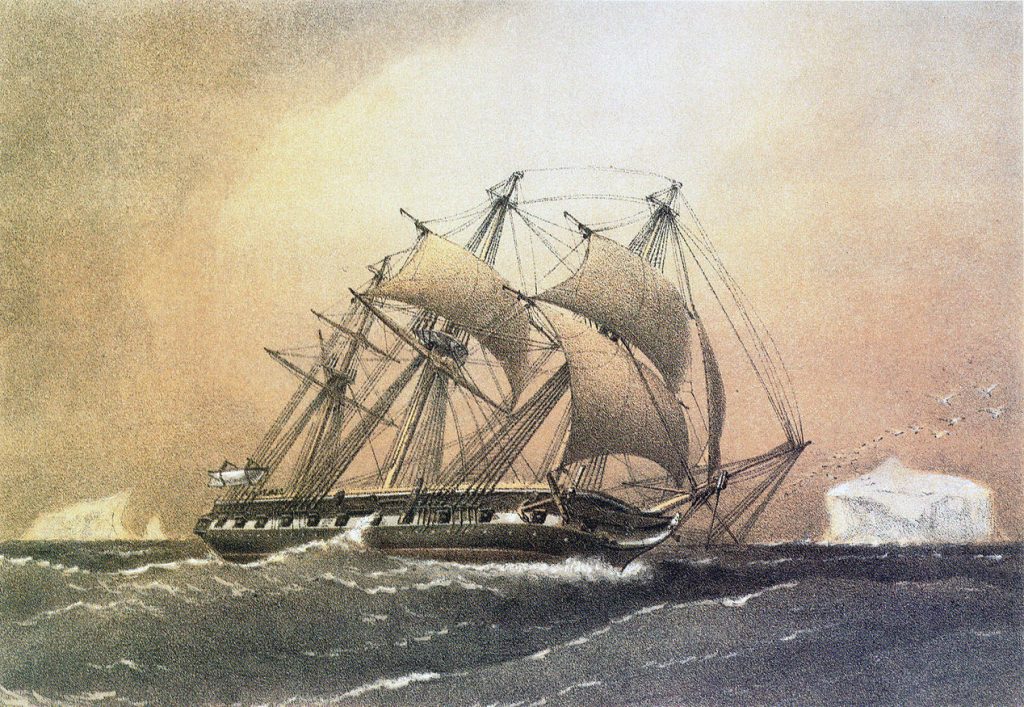
44 volumes of the Challenger Reports are in the PSNS library. In 1896/97 they were presented, upon the recommendation of the ‘father of oceanography’ Sir John Murray, to PSNS by the government, an indication the high status the Society had in the world of science during Victorian times.
1871 PSNS starts publishing learned journals eg The Scottish Naturalist Magazine and subsequently its own jounals
PSNS publishes the Scottish Naturalist until 1878. 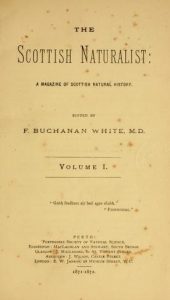
“In the matter of contributions, suggestions have been made that more papers of a ” popular” nature should be introduced. The Editor has no objections to insert such papers, always provided that science and truth be not relinquished (as is too often the case) for the sake of ‘popularity.’ ” F Buchanan White 1872
1869 DNA discovered?
Swiss researcher Friedrich Miescher, who was originally trying to study the composition of lymphoid cells (white blood cells). Instead, he isolated a new molecule he called nuclein (DNA with associated proteins) from a cell nucleus.
